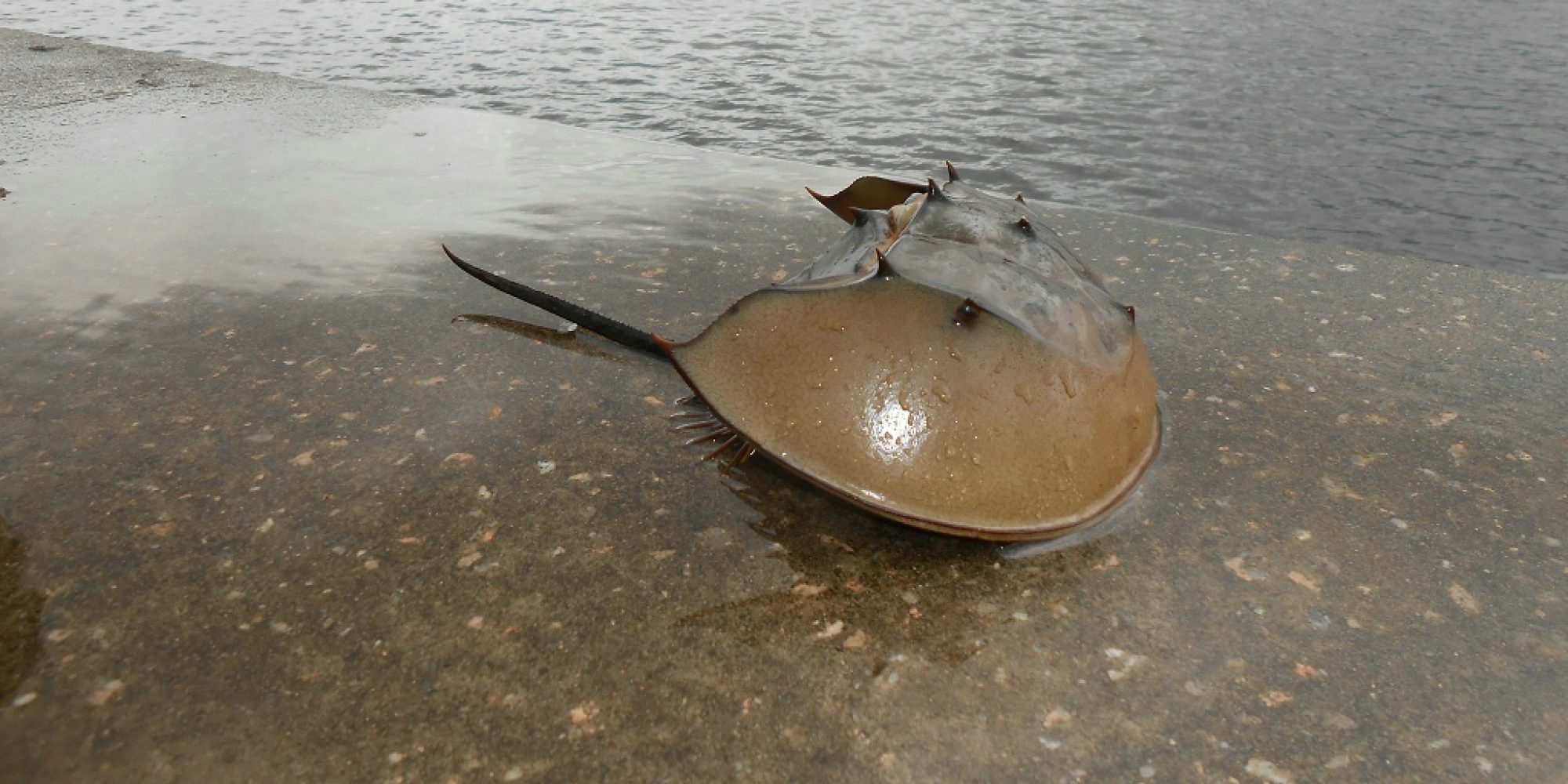Abstract
Whole genome duplication (WGD) has occurred in relatively few sexually reproducing invertebrates. Consequently, the WGD that occurred in the common ancestor of horseshoe crabs ~135 million years ago provides a rare opportunity to decipher the evolutionary consequences of a duplicated invertebrate genome. Here, we present a high-quality genome assembly for the mangrove horseshoe crab Carcinoscorpius rotundicauda (1.7 Gb, N50 = 90.2 Mb, with 89.8% sequences anchored to 16 pseudomolecules, 2n = 32), and a resequenced genome of the tri-spine horseshoe crab Tachypleus tridentatus (1.7 Gb, N50 = 109.7 Mb). Analyses of gene families, microRNAs, and synteny show that horseshoe crabs have undergone three rounds (3R) of WGD. Comparison of C. rotundicauda and T. tridentatus genomes from populations from several geographic locations further elucidates the diverse fates of both coding and noncoding genes. Together, the present study represents a cornerstone for improving our understanding of invertebrate WGD events on the evolutionary fates of genes and microRNAs, at both the individual and population level. We also provide improved genomic resources for horseshoe crabs, of applied value for breeding programs and conservation of this fascinating and unusual invertebrate lineage.
Reference:
- ^Nong WY, ^Qu Z, ^Li YQ, ^Barton-Owen T, ^Wong AY, Yip HY, Lee HT, Narayana S, Baril T, Swale T, Cao J, Chan TF, Kwan HS, Ngai SM, Panagiotou G, Qian PY, Qiu JW, Yip KY, Ismail N, Pati S, John A, Tobe SS, Bendena WG, Cheung SG, Hayward A, Hui JHL*. (2021). Horseshoe crab genomes reveal the evolutionary fates of genes and microRNAs after three rounds (3R) of whole genome duplication . Communications Biology, 4, 83. (Link)

